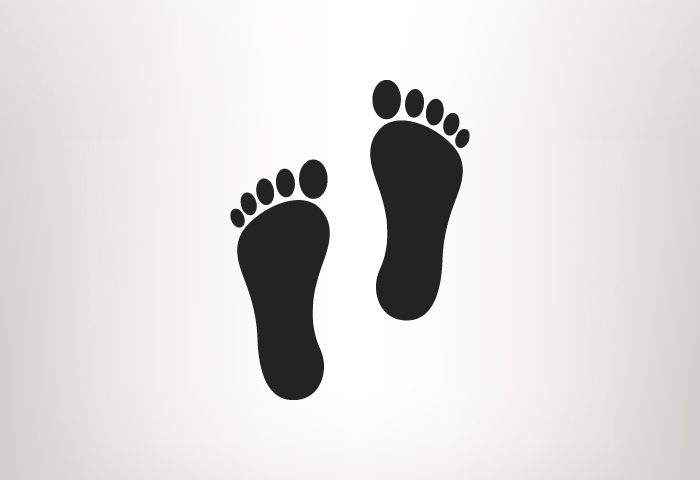Researchers at Tufts University School of Dental Medicine and the Sackler School of Graduate Biomedical Sciences at Tufts have reprogrammed non-healing skin cells from diabetic foot ulcers into pluripotent stem cells. Similar to embryonic cells, these cells are able to differentiate into all tissues of the human body, and might be promising in repairing chronic wounds.
The study, “Generation of Induced Pluripotent Stem Cells from Diabetic Foot Ulcer Fibroblasts Using a Nonintegrative Sendai Virus,” has been published in the journal Cellular Reprogramming.
“The results are encouraging. Unlike cells taken from healthy human skin, cells taken from wounds that don’t heal — like diabetic foot ulcers — are difficult to grow and do not restore normal tissue function,” said the study’s senior author, Jonathan Garlick, Ph.D., DDS, a stem cell researcher at Tufts University School of Dental Medicine in Boston, in a press release.
“By pushing these diabetic wound cells back to this earliest, embryonic stage of development, we have ‘rebooted’ them to a new starting point to hopefully make them into specific cell types that can heal wounds in patients suffering from non-healing wounds,” Garlick said.
Diabetic foot ulcers are chronic non-healing wounds that are a serious complication in patients. They significantly impair the patients quality of life, are responsible for more hospitalizations than any other complication of diabetes, and often lead to amputation.
In a second study, the researchers revealed that a type of cell found in the skin, called fibroblasts, impaired the wound-healing process in diabetic foot ulcers because they produced an abnormal extracellular matrix with increased levels of fibronectin, which led to aberrant responses to growth factors known to induce wound repair.
The findings were published in Wound Repair and Regeneration in a study titled “Altered ECM deposition by diabetic foot ulcer-derived fibroblasts implicates fibronectin in chronic wound repair.”
Garlick’s research team developed a 3D model that mimicked many features of chronic wounds, allowing the researchers to study the wound-healing process in a more realistic manner.
“The development of more effective therapies for foot ulcers has been hampered by the lack of realistic wound-healing models that closely mimic the function of the extracellular matrix, which is the scaffold critical for wound repair in skin,” said Anna Maione, Ph.D., first author of the study, who did this work as part of her Ph.D. studies at the Sackler School and her post-doctoral work at Tufts University School of Dental Medicine.
“This work builds on our paper published in 2015 that showed that cells from diabetic ulcers have fundamental defects which we can simulate using our 3D tissue models grown in the lab,” she added. “These models will be a great way to test new therapeutics that could improve wound healing and prevent limb amputation, which can result when treatments fail.”
In the Cellular Reprogramming study, the investigators studied repair-deficient fibroblasts isolated from diabetic foot ulcers and were able to reprogram them into an embryonic-like state. The reprogramming was confirmed through three independent criteria: the expression of markers of pluripotency, the ability to form embryoid bodies with the capacity to differentiate into all three germ layers (endoderm, mesoderm, and ectoderm) in culture, and the potential to form teratomas in vivo, which are tumors composed of multiple tissues.
“The findings advance commonly held assumptions about how diabetic foot ulcers develop. Most importantly, our ability to reprogram these cells gives us new treatment avenues to pursue,” Garlick said. “The big question is, since we have created induced pluripotent stem cells which we can now make into many cells types important for wound healing, will they be better for wound healing than cells originally taken from the non-healing wound?”


